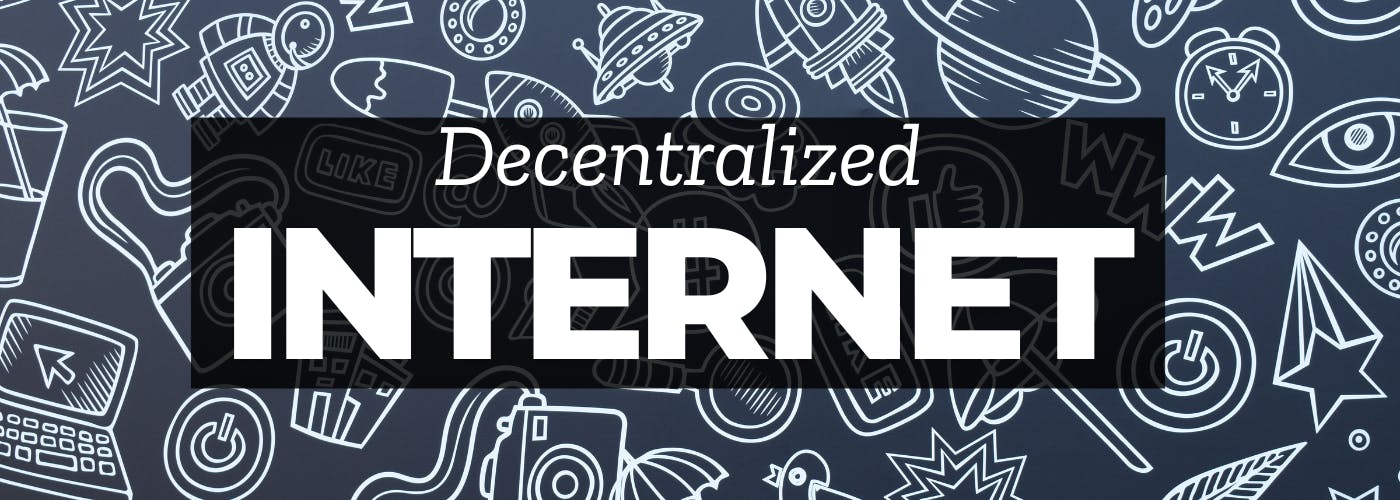Hackernoon
2w
288

Image Credit: Hackernoon
What Would a Decentralized Internet Look Like?
- The current centralized internet infrastructure relies on algorithms that collect and analyze user data, raising concerns about privacy and security.
- A decentralized internet would offer users more control over their data, privacy, and content consumption, shaping a community-driven flow of information.
- Key differences between a centralized and decentralized internet include enhanced privacy, censorship resistance, accessibility, security, and user control.
- Decentralizing the internet could lead to fairer monetization for content creators, increased innovation, and protection against censorship and surveillance.
- Challenges to decentralizing the internet include the need for extensive infrastructure, user adoption hurdles, and resistance from governments and corporations.
- Individuals can contribute to the decentralization movement by using decentralized tools, supporting DAOs, and raising awareness about data privacy and blockchain technology.
- Developers can build decentralized applications on platforms like Ethereum, Solana, and Polkadot, while organizations can decentralize data storage and adopt cryptocurrency payments.
- Champions of decentralization, such as Brave Browser, IPFS, Mastodon, Ethereum Name Service, and Handshake, are leading the way in promoting a decentralized internet.
- Transitioning to a decentralized internet will take time, but every effort towards more openness and security in the digital space contributes to shaping a better future.
- Decentralization promotes freedom, community-driven projects, and new business models in the online landscape, paving the way for a more open, fair, and secure digital future.
Read Full Article
17 Likes
For uninterrupted reading, download the app